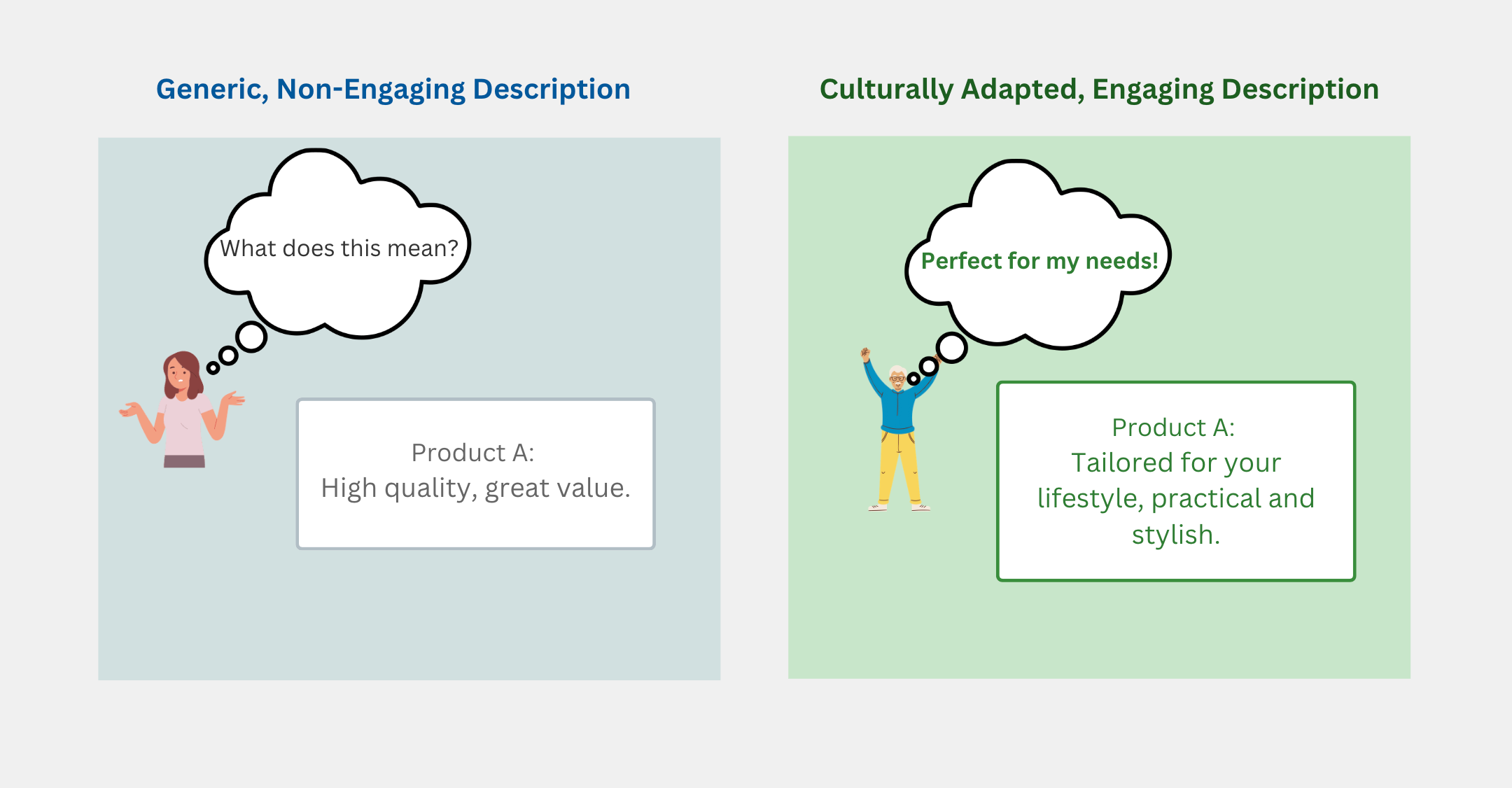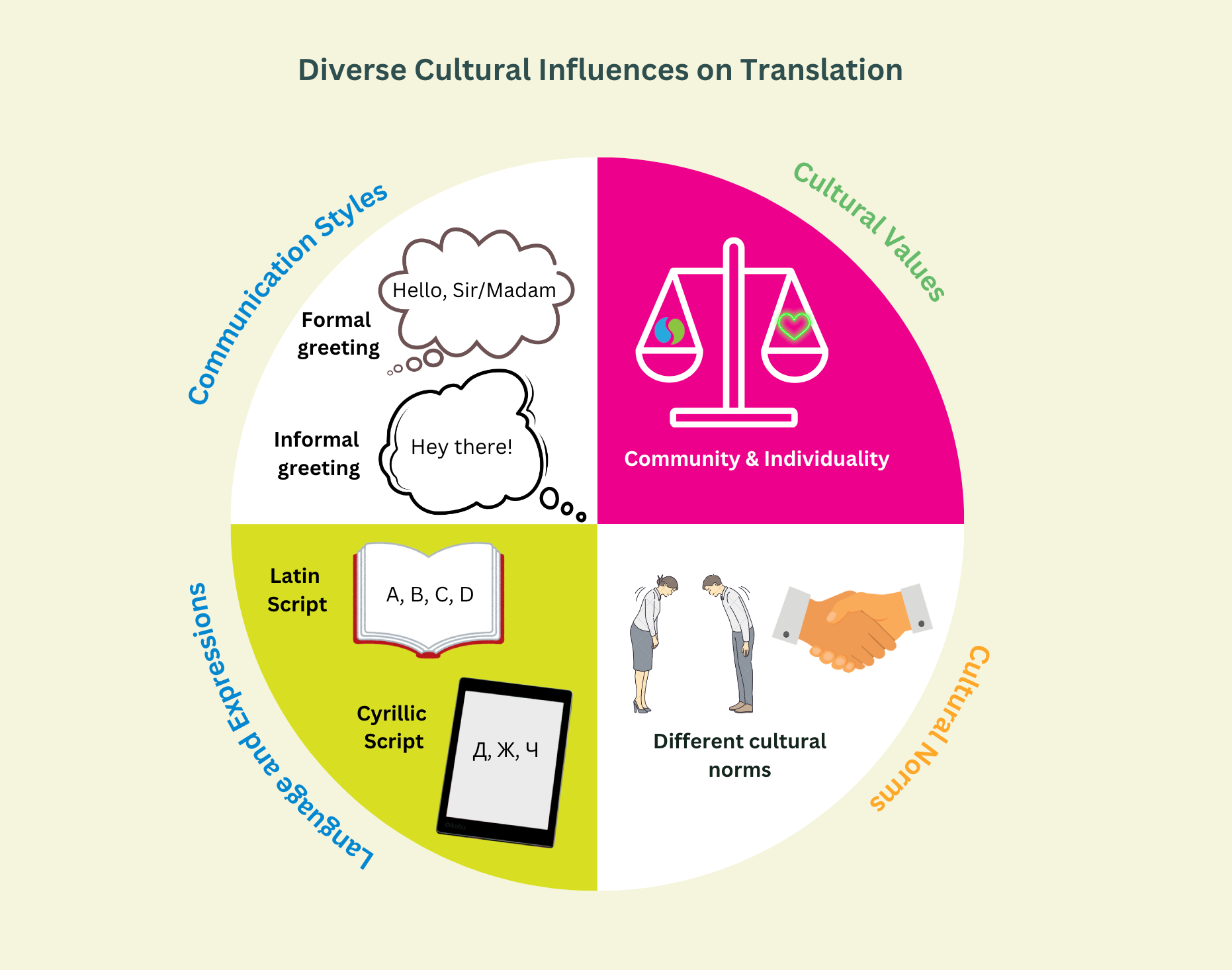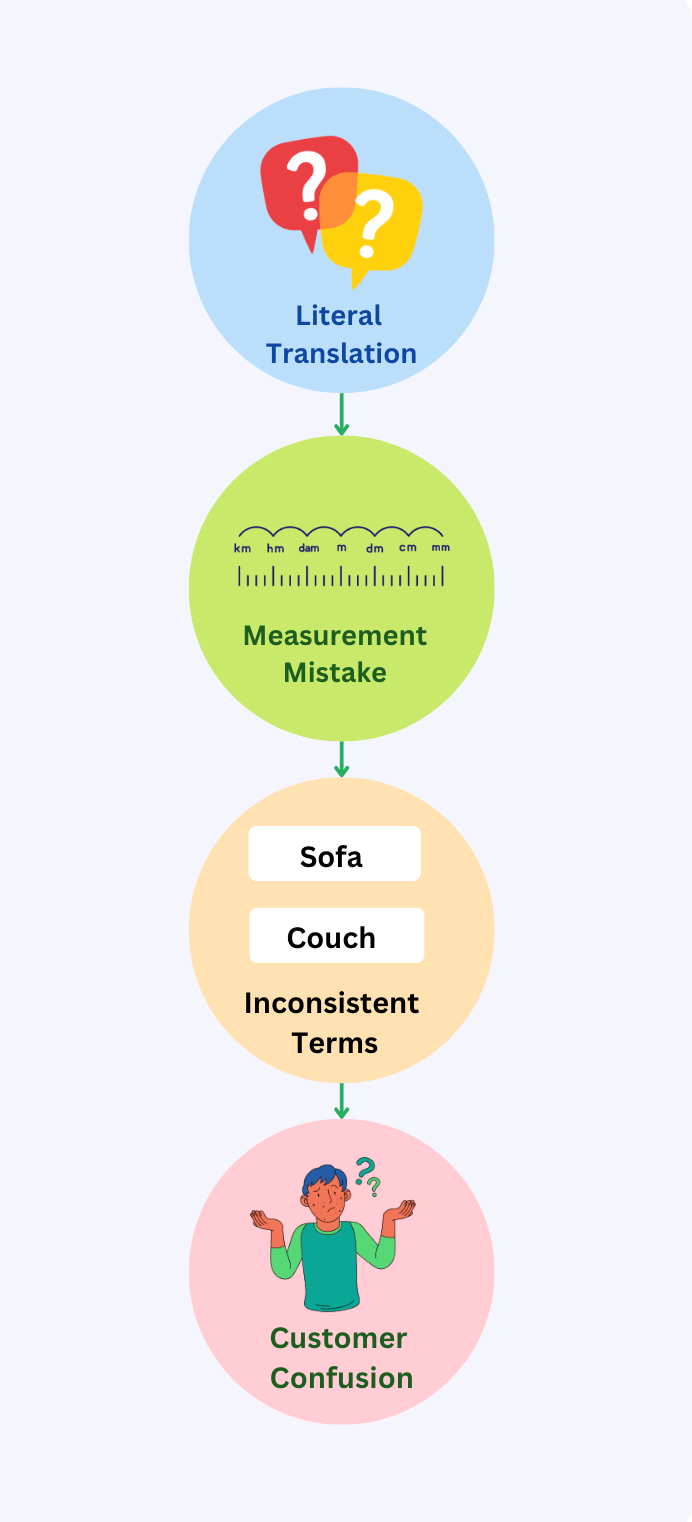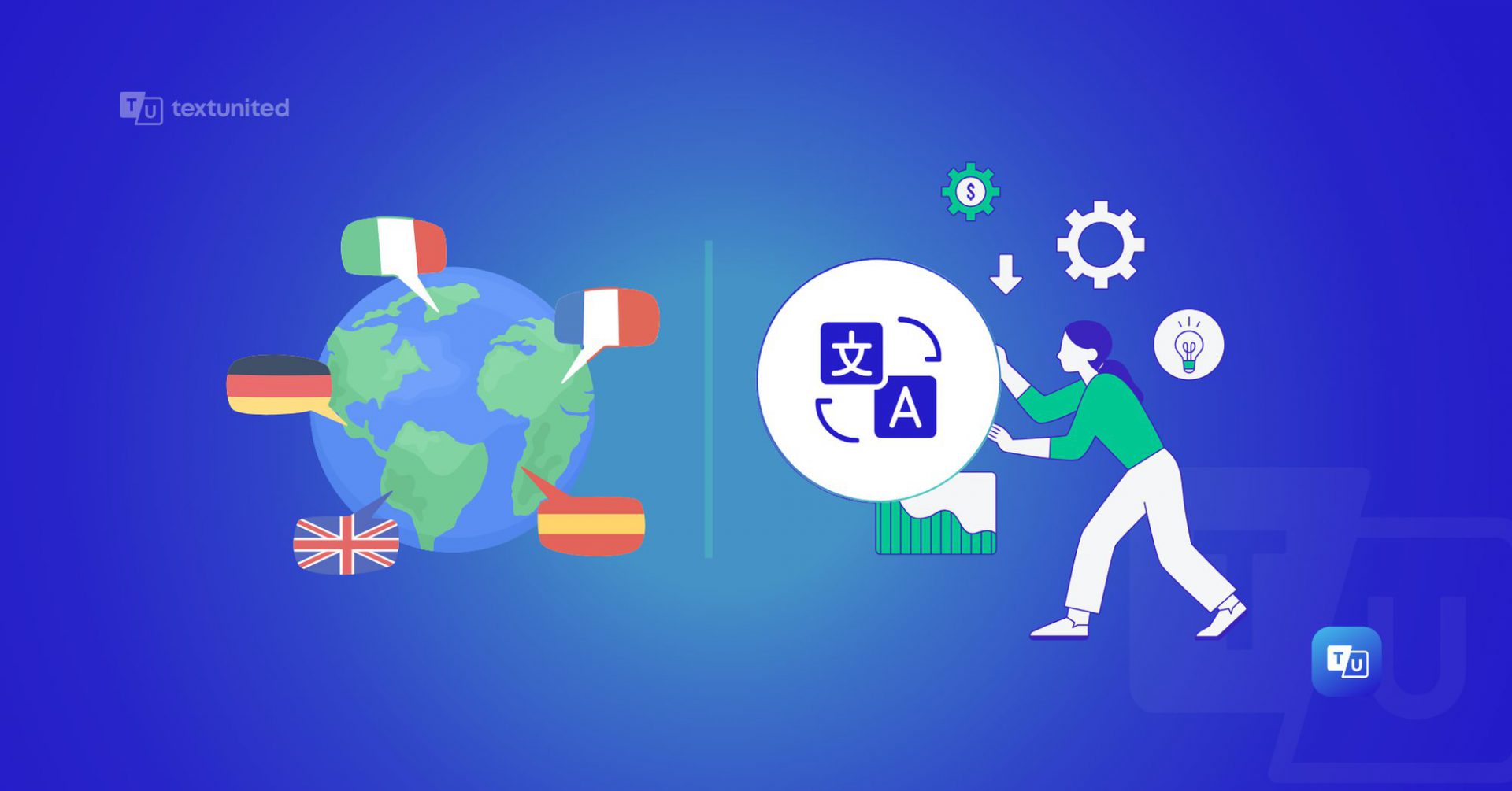Connecting with your international customers is more than just a transaction – it’s a conversation.
You’re trying to share your exceptional products with people from all over the world. It’s not just about translating the words; it’s about translating the experience, the emotions, and your brand’s story.
When your product descriptions don’t take cultural differences into account, they might not connect with your audience. These gaps in communication can leave your customers confused and result in missed chances to make sales.
Your customers deserve more than just accurate translations. So, what do they deserve? Content that feels natural and relevant in their native language. But how do you achieve this? The answer is simple – Cultural Adaptation.
We will go over this so you’ll have all the information you need and understand how cultural adaptation can help your product descriptions connect with your customers all over the world!
What is Cultural Adaptation and Why Does It Matter for Your Target Audience?
Let’s say you’re trying to tell a friend about your favorite dish, but all you can do is list the ingredients without sharing the aroma, taste, or the joy it brings. That’s what happens when you only translate words without considering the subtle differences in culture – the intended meaning gets lost.
So, cultural adaptation is like adding flavor to your product descriptions. It means adapting your message to fit the cultural context of your target audience, just so it feels personal and relatable.

Why Isn’t Translation Enough in the Translation Process?
You may have asked yourself this question already: Why doesn’t translation always do the trick? The reason is that simply translating content like marketing materials into another language might seem like a good start, but it often falls short of truly connecting with your audience.
We all know that different cultures have unique values, communication styles, and expectations. What works well in one country might not have the same impact in another.

For instance, a marketing campaign, that works wonders in the US might not hit the right note in Japan. When you focus only on translation, there’s a risk of losing the true essence of your message, making it harder to engage your target market in the best way possible. Using professional translation services can help in maintaining the brand image across multiple languages.
So, the point we are trying to put across is cultural adaptation is what allows your message to align with the cultural norms of various languages.
Are You Making These Common Translation Mistakes?
When translating product descriptions for international markets, it’s easy to make mistakes that can affect how your message is received. It could be that you’re using literal translations or overlooking small details, and these errors can cause confusion and result in lost sales.

Is Your Message Getting Lost in Translation?
Let’s face it – literal translations can sometimes feel like reading a recipe without knowing the dish. They might get the basic information across, but the essence of your message often gets lost.
When you translate word-for-word, you risk missing those subtle cultural differences that make your product descriptions relatable and engaging.
For example, let’s say you’re using idioms or expressions that don’t exist in the target language; this might leave your audience confused rather than impressed. This is why it’s important to use language that fits the culture, making sure your message is clear and gets the right reactions.
Have You Checked All the Details?
When adapting your product descriptions, paying attention to small details is important. Using different terms for the same thing or making measurement mistakes can make shopping confusing for customers.
For example, if you forget to convert inches to centimeters for international customers, it might lead to misunderstandings about product sizes.
Using the same terms and measurements across all descriptions helps keep your brand clear and accurate. If you focus on these details, you not only make the shopping experience better for your customers but also keep your brand’s good reputation strong in different markets.
How Do Cultural Differences Affect Your Product Descriptions in the Target Language?
Let’s talk about why cultural differences matter when you’re writing product descriptions.
For instance, you’re introducing your unique products to a new country. It’s not just about the product itself but also how you present it.
Do You Understand What Your Audience Values?
So, how well do you know your audience’s values? Different cultures have unique ways of seeing things. For instance, what people consider luxury might mean elegant and exclusive items, while in others, it might be more about having the latest and most innovative products.
When we talk about practicality, one culture might care most about how well a product works without wasting time and resources and how functional it is, while another might be more interested in how it looks and its design.
Are You Respecting Cultural Norms?
When you’re writing product descriptions, it’s really important to think about the cultural norms of your audience. This means paying attention to what is considered suitable or attractive in the culture you’re targeting.
For instance, certain words or images might be liked in one country but could be confusing or even offensive in another.
So, by tailoring your descriptions to fit these cultural expectations, you show that you understand and respect your customers’ cultural backgrounds. This helps you build trust and create a stronger bond with your international customers.
What Are the Best Practices for Successful Localization?
When you’re trying to connect with customers in different countries, localization is a key tool.
Localization is a complex process that involves more than just translation. It goes beyond just changing the language of your content – it’s about making sure your message aligns with the target culture.
This means adjusting the language, tone, and style of your product descriptions so they connect with your audience emotionally and culturally. By doing this, you can make your brand feel familiar and trustworthy, no matter where your international customers are located.
How Can You Speak Your Customer’s Language?
Let’s look at some practical tips for adjusting your language and tone for different markets.
First, think about how formal or informal your target audience expects your communication to be. Some cultures appreciate a friendly and casual tone, while others might expect a more formal approach.
Next, choose your words carefully to fit local preferences, avoiding slang or expressions that might not make sense in another culture.
It’s a good idea to collaborate with native speakers who understand the cultural nuances and can help make sure your message is clear and engaging for your audience.
Are You Optimizing for Local Search Engines?
Now, let’s talk about SEO localization, which is all about making your product descriptions easier to find online.
For example, let’s say someone in a different country is searching for a product like yours. They might use different words or phrases than someone in your home country.
By using keywords and search terms that are popular in the local language, you help local search engines like Google show your products to more people in that area.
It’s like speaking the language of the internet in that country. This approach not only helps your products appear higher in search results but also makes your content more engaging for local customers, because it feels familiar and relevant to them.
Have You Considered Compliance and Cultural Relevance?
Finally, let’s not forget about compliance and cultural relevance. Each country has its own set of rules and regulations, especially when it comes to marketing and selling products.
It’s important to make sure your product descriptions follow these local laws to avoid any legal trouble, like when translating legal documents. Also, maintaining cultural relevance means respecting local customs and values, which is key to building a positive image for your brand.
If you’re mindful of these cultural aspects, you can connect more successfully with your audience and show them that you understand and respect their way of life.
How Can TextUnited Help Simplify Localization?
So, what makes TextUnited’s tools stand out? Our platform is built to make the localization process simple and easy for retail companies.
One key feature is Translation Memory (TM). This tool remembers past translations that are reviewed, corrected and approved by human translators. This helps keep your product descriptions remain consistent and accurate across different languages. It saves you time and avoids mistakes, keeping your brand’s reputation intact.
Another important feature is Terminology Management. It helps make sure that specialized terminology or terms are used consistently, so your brand’s voice remains clear and reliable in every language.
Which features should you focus on?
We have a translation quality check that makes sure everything is up to standard. Our tools let’s you work directly with qualified linguists (who bring their language skills), and you can even add images to help them understand your products better. This leads to more accurate translations.
Our platform also lets you refine automated translations with human input, and local staff can give feedback on style and wording. This makes sure your content feels just right for every market. We provide you with professional translator support and human translations to get the highest quality.
Why Should You Invest in Cultural Adaptation Through Professional Translation Services?
Investing in cultural adaptation is a smart move for any business wanting to grow globally. You might be asking this:
“How does it increase sales and build trust?”
When your content is culturally adapted, it connects with local audiences, making your brand feel more reliable and trustworthy. This connection will help increase your global sales because your customers will feel understood and appreciated. It will improve the overall customer experience.
You might also wonder, can it really improve customer satisfaction? Absolutely!
If your content is well-adapted, it shows that you respect cultural differences, which can lead to happier customers who are more likely to stay loyal to your brand.
When customers see that their culture is valued, they are more inclined to come back and tell others about your brand. This kind of word-of-mouth promotion can naturally expand your customer base.
Why Choose TextUnited for Your Localization Needs?
TextUnited is simple to use, quick, and consistent, making it perfect for retailers looking to grow internationally. We provide high quality translations, multilingual support and adaptable solutions that fit your needs. So, sign up today to increase your global reach and help you expand into new markets!

